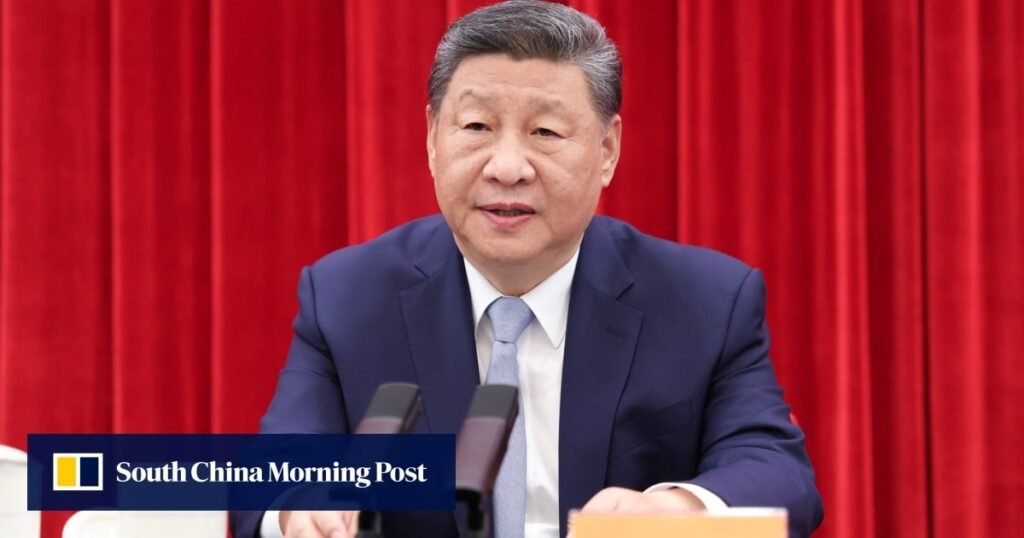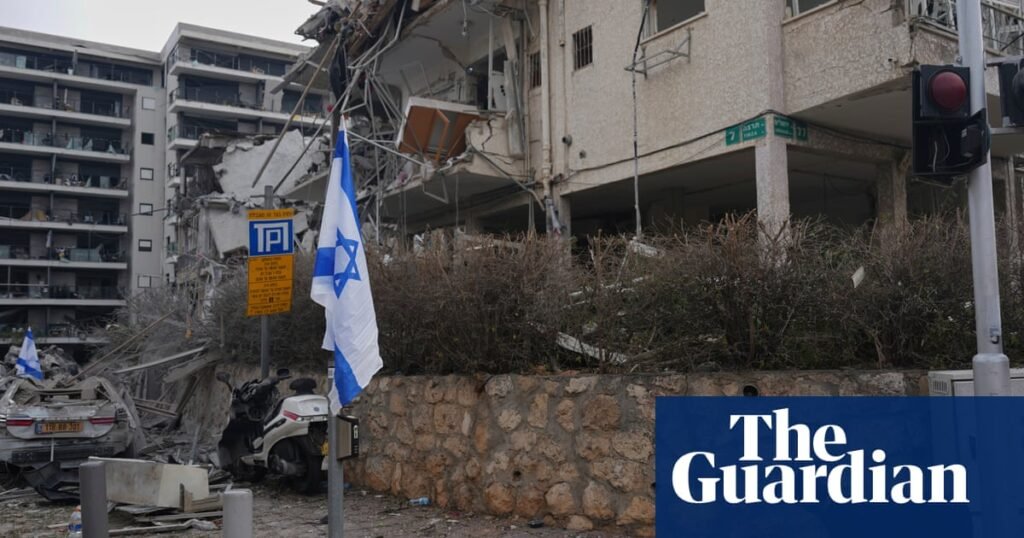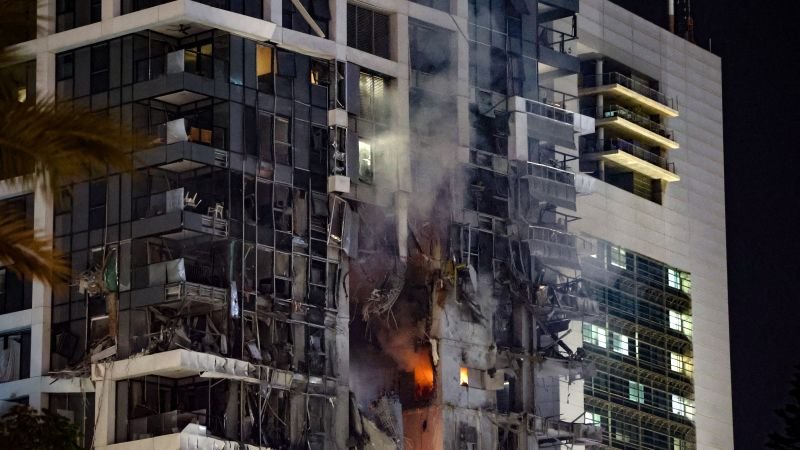A new report traces how China’s targeting of protesters has evolved since the Tiananmen Square massacre into part of a sophisticated transnational repression campaign using harassment, violence and surveillance.
The report by ARTICLE 19, an organization that defends freedom of expression worldwide, bolsters ICIJ’s findings in China Targets, a cross-border investigation exposing the sprawling scope and terrifying tactics of Beijing’s campaign to silence its critics living overseas.
As part of the investigation, ICIJ outlined a pattern of activist detentions by local police and governments ahead of visits by President Xi Jinping. During at least seven of Xi’s 31 international trips between 2019 and 2024, local law enforcement infringed on dozens of protesters’ rights in order to shield the Chinese president from dissent, detaining or arresting activists, often for spurious reasons.
The ARTICLE 19 report goes further, interviewing 29 members of diaspora communities, including some also identified by ICIJ, to describe incidents at protests dating as far back as 2011 involving activists from mainland China, including ethnic minorities from the northwest Xinjiang region and Tibet, Hong Kong, Taiwan and Inner Mongolia.
“This report points to a campaign of international harassment and intimidation designed with one purpose: to systematically stifle global protest movements that seek to defend human rights in China,” ARTICLE 19 said in the report.
ARTICLE 19 confirmed that threats and intimidation of protesters were widespread outside of China, and documented incidents in 12 countries in Asia, Europe and North America. The report also noted that repression heightened around state visits, outside of embassies and consulates and during sensitive anniversary dates, such as that of the 1989 Tiananmen Square Massacre or Tibetan Uprising Day.
While ICIJ’s analysis focused on the actions of law enforcement in host countries, ARTICLE 19 examined several alleged episodes in which proxies for the Chinese Communist Party or its supporters were physically violent toward activists.
Several of these incidents involved protestors mobilizing during state visits by Xi and other top Chinese officials, ARTICLE 19 said. During the Asia Pacific Economic Cooperation (APEC) Forum in San Francisco in 2023, for example, an investigation by The Washington Post uncovered coordinated efforts by Chinese diplomatic groups affiliated with the United Front Work Department, an arm of the CCP, to target Chinese, Tibetan, Hong Kong and Uyghur activists. ARTICLE 19 heard from observers that similar tactics were at play during the smaller 2024 APEC summit in Lima, Peru.
That week, Kwok told ARTICLE 19, assaults by people who appeared to be CCP supporters happened frequently, some resulting in hospitalizations and injuries that required months of treatment.
“We thought, you know, we must protest there because that was definitely the closest distance we could ever get to Xi Jinping and that our voices could actually be directly heard by him,” Anna Kwok, Executive Director of the Hong Kong Democracy Council, told ARTICLE 19.
Authorities in host countries have yet to fully grasp the dangers of transnational repression — and so support to those targeted is often severely lacking.
— Michael Caster, head of ARTICLE 19’s Global China Programme
Tibetan protesters told ARTICLE 19 that during a state visit in Hungary in 2024, pro-CCP demonstrators ripped banners and flags from their hands and in some cases followed or physically assaulted them without police intervention. And, in New Zealand, during Chinese Premier Li Qiang’s 2024 visit to Auckland, the report described how representatives of the Chinese consulates and affiliates of the United Front recruited Chinese nationals to counterprotest, including some who physically attacked protesters.
The report also highlighted the psychological toll that acts of transnational repression can take on dissidents, many of whom are already isolated as members of diaspora communities. Beyond immediate verbal and physical attacks, the protracted threat of surveillance can lead to self-censorship and burnout, the report said.
“Overseas Chinese dissidents, Uyghurs, Tibetans, Hong Kongers, and other diaspora activists know all too well the cost of protesting against human rights violations in China: its repression knows no borders,” Michael Caster, who runs ARTICLE 19’s Global China Programme, said in a statement. “And still, authorities in host countries have yet to fully grasp the dangers of transnational repression — and so support to those targeted is often severely lacking.”
One Uyghur activist in Kazakhstan, Baibolat Kunbolat, who was also interviewed by ICIJ, told ARTICLE 19 about the impact of being detained while advocating for the release of his brother, who was sentenced to 10 years in prison in China.
“‘Because I protested outside the Chinese Embassy in Kazakhstan, I believe that it’s the Chinese government that put pressure on the Kazakh government to target me,” Kunbolat told ARTICLE 19. “As it’s threatening to my family, I have no choice but to find ways to leave Kazakhstan and flee to the United States.”
GIVE TO HELP US INVESTIGATE!
Help us fight corruption, injustice and inequality with just $25/month.
Liu Pengyu, a spokesperson for the Chinese Embassy in the U.S., told ICIJ in a statement that accusations of transnational repression were “groundless” and “fabricated by a handful of countries and organizations to slander China.”
“When it comes to international judicial cooperation, the Chinese government strictly abides by international law and the sovereignty of other countries,” he said.
ARTICLE 19’s report covered countries that are party to the International Covenant on Civil and Political Rights, which includes the right to free expression and protests, and recommended that governments take steps to bolster their capacity to address transnational repression. The report urged for more forceful condemnations and investigations into such attacks, stronger responses to the Chinese government, and greater engagement and dialogue with diasporic communities that risk becoming isolated and fractured while under threat.
“The cases highlighted here are not exhaustive; rather, they are emblematic of trends and their impacts,” the report said.








